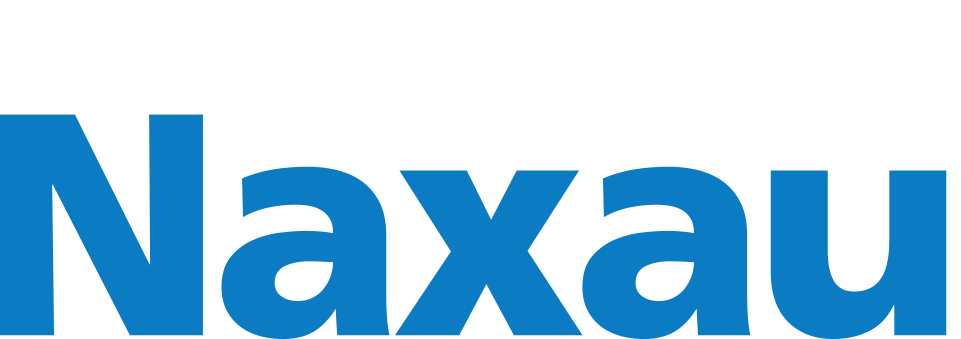FPC (Flexible Printed Circuit, Flexible Printed Circuit Board), PCB (Printed Circuit Board, Printed Circuit Board), are important types of electronic circuit boards, but they are in a number of significant differences.
I. Material differences
- FPC: The main use of flexible substrate materials, such as PI polyimide film or polyester such as PET film. These materials make FPC has good flexibility and bendability, can adapt to a variety of complex shapes and narrow space.
- PCBs: Rigid substrates, such as FR-4 glass fiber reinforced epoxy resin, are commonly used. This material gives the PCB good stability and load-bearing capacity, and is suitable for fixing and supporting electronic components.
II. Physical Characteristics* FPC: Because of its flexible substrate, it can be easily folded, bent, and even freely arranged components and wires in three-dimensional space. This characteristic makes FPC very suitable for application scenarios that require bending or special shapes. * PCB: Due to its rigid substrate, PCB is not easy to bend and deform, more stable, suitable for electronic devices that require stable support.
Third, the manufacturing process * FPC: the manufacturing process is relatively complex, requires special production processes, such as lamination, compression, metallization, etc., in order to ensure the quality and reliability of the circuit on the flexible substrate. * PCB: The manufacturing process is relatively mature, usually including chemical etching, gold plating, drilling, copper cladding and other processes. Although the process is complex, the production efficiency is relatively high due to the high degree of automation.
Fourth, the application areas * FPC: more used in the need for flexible, thin, folding or bending devices, such as foldable cell phones, tablet PCs, wearable devices, automotive electronics, etc. FPC's flexibility and thin and lightweight characteristics make it a unique advantage in these areas. * PCB: Widely used in fixed, rigid electronic devices, such as computers, communication devices, industrial control devices, cell phones (non-foldable parts), and home appliances. In these devices, PCBs provide stable electrical connections and support structures.
V. Cost and Reliability * FPC: Due to the use of relatively expensive materials, and complex processing, so its cost is usually higher than PCB. however, with the continuous progress of technology, the reliability of FPC is also improving. * PCB: Relatively low cost and more mature production process makes it easier to realize mass production. In terms of stability, it usually performs more reliably due to its rigid substrate.
 Naxau Vacuum Coating Processing - Naxau AM
Naxau Vacuum Coating Processing - Naxau AM
